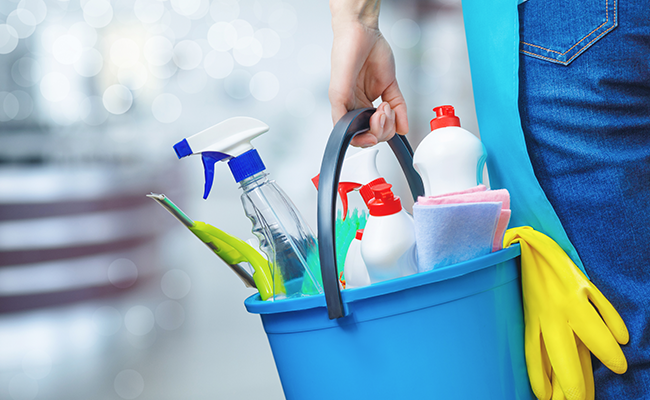
University of Queensland researchers have found 107 types of per- and polyfluoroalkyl substances, also known as PFAS, in more than 1,000 household products.
Lead author Dr Pradeep Dewapriya from UQ’s Queensland Alliance for Environmental Health Sciences analysed data from 52 international studies which identified the prevalence of PFAS in household items across the globe.
“The research covered 15 product categories including pesticides, building materials, electronics, hygiene products, cosmetics, household firefighting foams, plastics, household chemicals and food materials,” Dr Dewapriya said.
“Household firefighting products were found to have the highest concentration of PFAS followed by textile finishing agents and household chemicals.
“PFAS was also detected in some cosmetics including some foundation, mascara and lip products, coated cookware and water and stain resistant clothing.
“The findings are concerning as many of these items are used in day-to-day life, with the user at a higher risk of direct or prolonged exposure.”

PFAS are a group of several thousands of chemicals, many of which are effective at resisting heat, stains, grease and water.
The health effects of long-term PFAS exposure are not fully understood, but they are known to have adverse environmental impacts due to their persistence as ‘forever chemicals’.
Numerous countries have discontinued or are progressively phasing out their use, including the Australian Government who has worked to reduce the use of certain PFAS since 2002.
Senior author Associate Professor Sarit Kaserzon said more research was needed to understand the prevalence of PFAS in consumer products in Australia. and whether exposure to individuals may be of concern.
“We could only find one study with Australian data to include in this research,” Dr Kaserzon said.
“Most of the products analysed were from the United States, followed by the Czech Republic.
“This shows there is a gap in research and understanding around the potential exposure of PFAS in Australian products.
“Regardless, the high level of exposure found in these overseas household products provides evidence for stronger regulation around the use of PFAS."
The research is published in the Journal of Hazardous Materials Letters.
Media: Faculty of Health and Behavioural Sciences, habs.media@uq.edu.au @UQHealth



